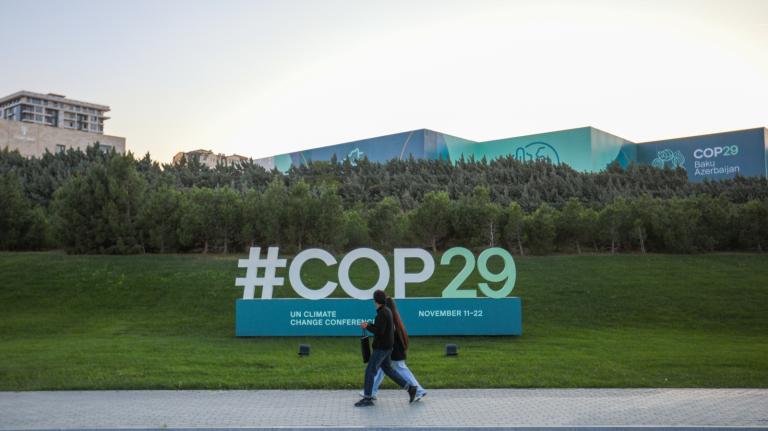Successful community solar power projects in Colorado, Maryland, and North Carolina are knocking down the price of residential-scale solar photovoltaics (PV) by 25% and giving renters and people with shady roofs a chance to go solar. The potential is enormous: nearly every state could get at least 20% of its power from rooftop solar alone. However, rooftop solar isn’t possible for the 75% of households with an unsuitable roof or the one-third of Americans who rent their residence. For these Americans, community solar opens the door and it could significantly expand distributed solar PV generation and disperse the economic rewards of solar power.
But buyer beware.
Some community solar projects mimic utility green pricing programs, where do-gooders pay more for green power without any return on their investment. This is too often true of community solar projects run by municipal or rural electric utilities, where intentions are good but the solar leases purchased by local customers expire before their share of the solar electricity repays their initial cost. In a perverse way, these “community solar” programs are even worse than green pricing: in these community solar leases, the customer pays up front for twenty years of (more expensive) solar power.
There are some rays of light.
Community solar projects have been developed that reduce the cost of solar, increase participation and ownership, and provide a reasonable return on investment. For example, joining the Clean Energy Collective in Colorado cuts the cost of solar ownership by 30 percent compared to a home solar installation and pays back in less than 15 years. A University Park, Maryland, project built on a local church halved the cost of solar ownership and promises a 5 year payback on investment. These projects are adding clean energy to the grid at peak times with a minimum of interconnection upgrades.
Perhaps most impressive is a Mt. Pleasant neighborhood solar cooperative in Washington, DC, that doesn’t develop community projects but rather negotiates residential solar prices down over 25 percent and lobbies for policy support for solar PV systems. Cooperative members are able to get a home solar installation at a significantly reduced price, with electricity and renewable energy credits providing payback in just two years! Other buying cooperatives – some commercial, such as 1 Block Off the Grid (1BOG) – have also shown success at reducing prices. But neither Mt. Pleasant Solar Cooperative or 1BOG can help the more than 75% of citizens who rent or have a roof unsuitable for solar.
Furthermore, the few successful community solar projects tell a tale of overcoming adversity rather than a litany of easily duplicated success.
Community solar projects organized by nonprofit organizations, rural electric cooperatives, or municipal utilities have to forgo federal tax incentives or state tax credits that reduce the cost of solar by over 30 percent. To their credit, they have filled the gap with one-time grants or federal clean renewable energy bonds. But these financial stop-gaps don’t provide a replicable model for other community solar projects.
An alternative strategy is to create a special purpose entity (e.g. limited liability company) as an organizational umbrella for a community solar project. But thanks to crooks like Bernie Madoff, securities laws put onerous restrictions on selling shares in community solar projects organized in this fashion. Lawyers told the community solar project in University Park, Maryland, that they were limited to recruiting 35 or fewer individuals with whom they already had a personal relationship, without any advertising. Tight restrictions on solicitation will hamper many prospective community solar projects that use the LLC structure.
One strategy for overcoming the securities law barrier has been community solar leasing arrangements (mentioned previously), where participants purchase an upfront 20-year lease for a portion of the community solar project output. But because many leasing programs offer a variation on the green pricing theme (costing participants more, rather than saving them money or creating ownership) the participants substitute legal simplicity for a return on investment.
Sharing the electricity output from community solar is also a challenge. Net metering laws make it easy for individuals to “spin back” their electric meter with a personal rooftop solar array, but only a handful of states have laws for “virtual” or “community” net metering laws that allow many owners to share the electricity from a local, common solar array.
The challenges to community solar have been tackled by entrepreneurs, but they should be a policy matter. Community solar can help capture economies of scale for residential solar power, increase solar ownership, and disperse the economic benefits of clean energy development. And community solar projects can connect to the grid where we need electricity, coming online fast and at lower cost than large-scale remote renewables. But only eight states have policies for community net metering – a baby step – and only two states (Washington and Colorado) have more comprehensive policy to support community solar, with Washington’s law expiring in 2020.
Community solar shows great promise for expanding participation in and ownership of distributed solar PV, and for lowering the price of entry. But, in practice, a number of community solar projects ask participants to subsidize utility clean energy investments rather than offering them savings from solar. The problem is policy: community solar projects face obstacles to using federal tax incentives, to recruiting participants, and to sharing the solar-generated electricity. A couple states have modeled effective policy tools for helping community solar, but there’s a lot more to be done.
For a comprehensive look at community solar projects and policy, read the brand new report from the Institute for Local Self-Reliance: Community Solar Power – Obstacles and Opportunities.


